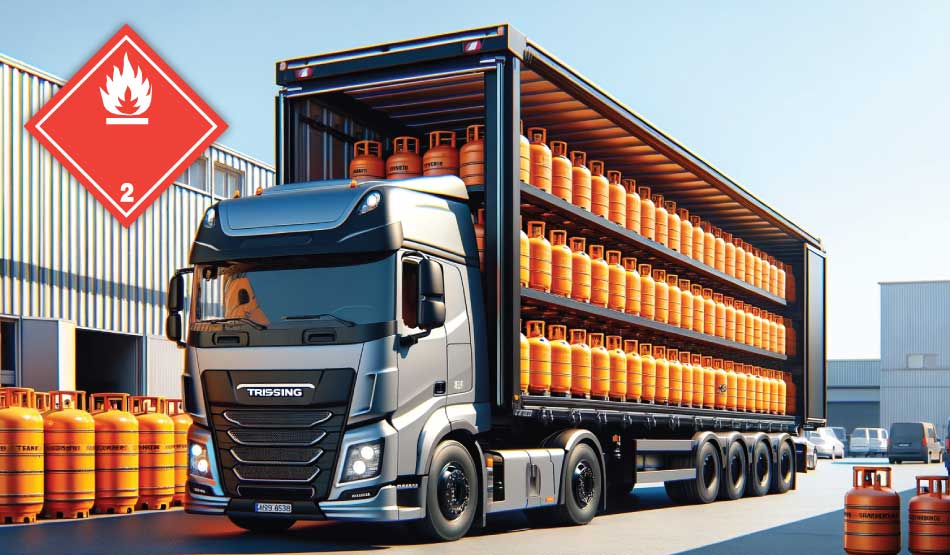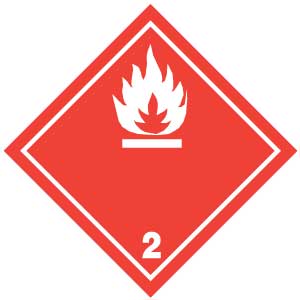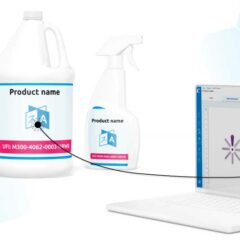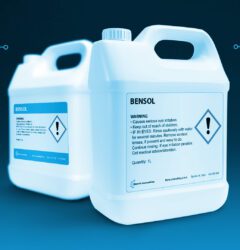22 Feb

Recently, we have been receiving many questions on the topic of transporting gas cylinders.
These are cylinders with liquefied petroleum gas (LPG), which are used e.g. for household purposes.
Liquefied petroleum gas (propane, butane) is classified as dangerous goods for transport, namely it is a flammable gas. LPG has a specific UN number: UN 1965.
Such cylinders must be marked with ADR sticker no. 2, at least 10 cm x 10 cm in size.

In accordance with ADR, the UN number (UN 1965) and the official name of the gas (e.g. propane/butane) must also be indicated on the cylinder.
A few more important pieces of information you should know when dealing with LPG cylinders.
Firstly, the gas cylinders must be ADR certified and regularly inspected (every 10 years).
Secondly, LPG can be transported as a small quantity of dangerous goods. In this case, it is an ADR exception according to chapter 1.1.3.6., when the cargo does NOT exceed 1000 points.
What do the points mean? For the calculation of points, it is necessary to follow the rules specified in section 1.1.3.6. ADR. For LPG, the rule is that the quantity must be multiplied by 3 (because it belongs to transport group 2).
So how much is the smaller quantity for transporting LPG cylinders? The amount must not exceed 333 kg (calculation: 333 kg * 3 = 999 points). In this case, the cargo does not exceed 1,000 points, which is in line with the above-mentioned condition for transporting small quantities of dangerous goods. This limit applies to a single vehicle.
Thirdly, the transport must be accompanied by a corresponding transport document containing information on the number of points. You can find more about transport documents here.
Fourth, the chauffeur does NOT need an ADR certificate (but must be adequately trained internally on the basics of ADR).
And fifthly, in such cases, the vehicle is NOT marked with ADR orange plates.
But what if the cargo exceeds 1000 points? In this case, it is a so-called “full” ADR and it is necessary to take into account all the requirements specified by ADR. Do you know them?
If you are not sure whether your transport falls under the ADR exceptions or not, please write to me at: simona.miklavcic@bens-consulting.eu.



Simona Miklavčič